This article was co-authored by Tu Anh Vu, DMD. Dr. Tu Anh Vu is a board certified dentist who runs her private practice, Tu's Dental, in Brooklyn, New York. Dr. Vu helps adults and kids of all ages get over their anxiety with dental phobia. Dr. Vu has conducted research related to finding the cure for Kaposi Sarcoma cancer and has presented her research at the Hinman Meeting in Memphis. She received her undergraduate degree from Bryn Mawr College and a DMD from the University of Pennsylvania School of Dental Medicine.
There are 13 references cited in this article, which can be found at the bottom of the page.
This article has been viewed 72,123 times.
You may have a daily routine of brushing and flossing to keep your teeth clean, but what can you do to straighten your teeth? Having straight teeth not only looks nice, it can help prevent tooth and jaw problems in the future.[1] Fortunately, there are ways to straighten your teeth and keep them straight. See your dentist or orthodontist for treatment and avoid bad habits that cause crooked teeth.
Steps
Wearing Braces and Retainers
-
1Find an orthodontist. Orthodontists are dentists who specialize in diagnosing, preventing, and treating irregularities in your teeth.[2] See your regular dentist and ask for a referral to an orthodontist. Your dentist can probably make helpful suggestions for finding a professional in your area. The orthodontist will evaluate your teeth, jaw, and gums and help you decide on the best treatment plan for you.
- If you have health insurance that covers dentistry, call your insurance company and ask for a list of in-network orthodontists that they will cover.
- Some dentists can do orthodontic work, whereas others will refer you to a specialist. Just ask!
-
2Get braces. Braces are a traditional way of realigning crooked teeth. You will have small brackets cemented to your teeth and connected by wires. The braces will apply pressure to slowly move your teeth into a straighter position over time. You will see your dentist or orthodontist periodically so they can appropriately tighten your braces.[3]Advertisement
-
3Choose your type of braces. Braces can be fun bright colors, or subtler tooth-colored brackets. Some braces can even be placed behind your teeth (lingual braces) so you don’t see them much – they’re nearly invisible, but may be less comfortable.[6] Discuss your options with your orthodontist.
-
4Wear your retainer. Your dentist or orthodontist will probably give you a retainer after your braces are removed. This is a removable mouthpiece that keeps your teeth in their new position. You’ll wear it at night for a while, but not forever.[7] Be sure to wear your retainer as directed by your dentist so your teeth don’t start to shift back to their previous position.
Using Removable Aligners
-
1Get fitted for an aligner. Aligners are made of clear plastic or acrylic that you wear over your teeth every day. See your orthodontist to have an aligner specially made for your mouth. You will need to revisit the orthodontist for a new set every month or so. This process gradually moves your teeth into a straighter position.[8]
-
2Wear your aligner appropriately. Because your aligner is removable, you’ll be responsible for wearing it correctly. Follow your dentist or orthodontist’s instructions about how long to wear your aligner each day. Take out your aligner before you eat or brush and floss your teeth.
-
3Choose a reputable brand. There are numerous brands of aligners available, such as Invisalign and ClearCorrect. Your orthodontist can help you choose the best kind for you. Some internet companies offer less expensive, mail-order aligners that you use without seeing an orthodontist. Having a full examination by a professional is a safer way to straighten your teeth and know if aligners are right for you.[9]
Trying (and Avoiding) Alternatives
-
1Have surgery. If your teeth are crooked because your jaw is misaligned, surgery can help. Surgery will not change the position of your individual teeth. It can change the position of your jaw if your upper or lower jaw sticks out and causes what dentists call a “bad bite.” This will improve the overall position of your teeth and can straighten your smile.[10]
-
2Stay away from DIY methods. The American Organization of Orthodontists strongly warns against using at-home remedies to straighten your teeth. Following “how-to” guides from the internet without an orthodontist’s supervision can damage your teeth and gums and cause lasting harm. It’s much safer and more effective to have a professional treat your teeth than to try to do it yourself. Do not:[11]
- Wrap string or rubber bands around your teeth
- Use paper clips
- Bite on objects like pencils
- Follow the advice of a YouTube video or blog
-
3See your orthodontist if you’ve been trying to straighten your teeth at home. DIY tooth straightening methods can cause pretty severe harm to your teeth and gums. If you have been trying to fix your teeth at home using a “how-to” guide from the internet, stop right away and see your dentist or orthodontist. They can help repair and prevent further damage, and begin to straighten your teeth safely and appropriately.[12]
- Sometimes, damage from DIY methods can be irreversible.
Changing Habits that Cause Crooked Teeth
-
1Sleep on your back. If you sleep on your stomach, you constantly apply gentle pressure to the side of your face and your teeth. Slow, gradual pressure over time is what causes teeth to move, so sleeping on your stomach may make your teeth shift out of alignment after a while.[13] Get in the habit of sleeping on your back or your side.
-
2Sit up properly at your desk. If you sit at a desk a lot, it’s easy to rest your chin in your hand throughout the day. This habit can shift your jaw and teeth subtly. When sitting, tilt your pelvis back so that you aren’t sitting on your tailbone. This creates an easier posture to help you avoid slumping forward and leaning your head on your hand.[14]
-
3Avoid sucking on objects. Thumb sucking and overuse of pacifiers commonly causes crooked teeth for children, whose teeth and gums are developing. Help your child have a healthy smile by eliminating these habits as early as you can. For adults, avoid habits that put consistent pressure on your teeth and gums like constantly chewing hard candy or sucking on objects absentmindedly.[15]
-
4Maintain good oral hygiene. If your gums and teeth are healthy, your teeth are more likely to stay straight. Develop good oral hygiene habits to avoid gum disease and tooth decay and maintain straighter teeth.
- Brush and floss your teeth twice a day.
-
5Breathe through your nose. Breathing through your mouth all the time may cause your jaw to narrow and can shift your teeth out of alignment. Remember to breathe through your nose whenever possible. If you have sinus problems or difficulty breathing through your nose, talk to your doctor about solutions.[16]
Expert Q&A
Did you know you can get expert answers for this article?
Unlock expert answers by supporting wikiHow
-
QuestionHow can I straighten my teeth at home?
 Tu Anh Vu, DMDDr. Tu Anh Vu is a board certified dentist who runs her private practice, Tu's Dental, in Brooklyn, New York. Dr. Vu helps adults and kids of all ages get over their anxiety with dental phobia. Dr. Vu has conducted research related to finding the cure for Kaposi Sarcoma cancer and has presented her research at the Hinman Meeting in Memphis. She received her undergraduate degree from Bryn Mawr College and a DMD from the University of Pennsylvania School of Dental Medicine.
Tu Anh Vu, DMDDr. Tu Anh Vu is a board certified dentist who runs her private practice, Tu's Dental, in Brooklyn, New York. Dr. Vu helps adults and kids of all ages get over their anxiety with dental phobia. Dr. Vu has conducted research related to finding the cure for Kaposi Sarcoma cancer and has presented her research at the Hinman Meeting in Memphis. She received her undergraduate degree from Bryn Mawr College and a DMD from the University of Pennsylvania School of Dental Medicine.
Board Certified Dentist There are at-home straightening programs like Direct Smile and Candid, but they really aren't a good idea because there isn't a dental professional overseeing your care. It may not ruin your teeth or anything, but you could end moving your teeth misaligned. It's just always safer to have a dental health professional oversee teeth straightening.
There are at-home straightening programs like Direct Smile and Candid, but they really aren't a good idea because there isn't a dental professional overseeing your care. It may not ruin your teeth or anything, but you could end moving your teeth misaligned. It's just always safer to have a dental health professional oversee teeth straightening.
Warnings
- Visiting a trained professional orthodontist is the safest and most effective way to straighten your teeth. Avoid DIY remedies and products marketed to straighten your teeth at home.⧼thumbs_response⧽
References
- ↑ http://www.mouthhealthy.org/en/az-topics/b/braces
- ↑ https://www.aso.org.au/node/39639
- ↑ Tu Anh Vu, DMD. Board Certified Dentist. Expert Interview. 10 April 2020.
- ↑ https://kidshealth.org/en/parents/braces.html
- ↑ https://cfdds.com/images/pdfs/braces.pdf
- ↑ https://www.theorthodontists.com.au/blog/different-types-of-braces-are-available-which-is-best-for-you
- ↑ http://www.mouthhealthy.org/en/az-topics/b/braces
- ↑ https://kidshealth.org/en/parents/braces.html
- ↑ https://onlinelibrary.wiley.com/doi/full/10.1111/adj.12480
- ↑ https://uihc.org/health-topics/surgical-treatment-correct-bad-bite
- ↑ https://consumer.healthday.com/dental-and-oral-information-9/misc-dental-problem-news-174/diy-teeth-straightening-don-t-try-this-at-home-720074.html
- ↑ Tu Anh Vu, DMD. Board Certified Dentist. Expert Interview. 10 April 2020.
- ↑ https://www.hodgesortho.com/blog/2016/09/06/four-bad-habits-that-could-174181
- ↑ https://www.bonehealthandosteoporosis.org/patients/treatment/exercisesafe-movement/proper-body-alignment/
- ↑ https://www.mouthhealthy.org/~/media/ada/publications/files/patient_77.pdf?la=en
- ↑ https://www.sciencefocus.com/the-human-body/mouth-breathing/
- ↑ http://www.mouthhealthy.org/en/az-topics/b/braces
About This Article
The best way to make your teeth straight is to visit your dentist or orthodontist for braces or removable aligners. However, there are things you can do to help keep your teeth straight. Try to get into the habit of sleeping on your back or side, because sleeping on your stomach can cause your teeth to shift out of alignment over time. Also, avoid resting your chin in your hand if you sit at a desk all day. Read on for tips on how to choose the braces that are right for you!

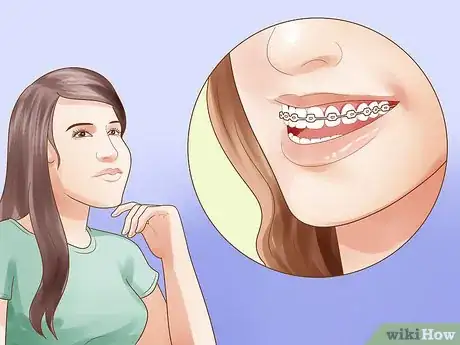

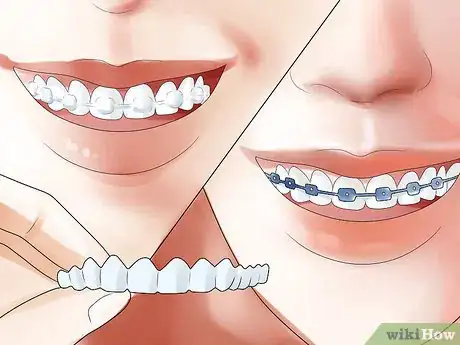
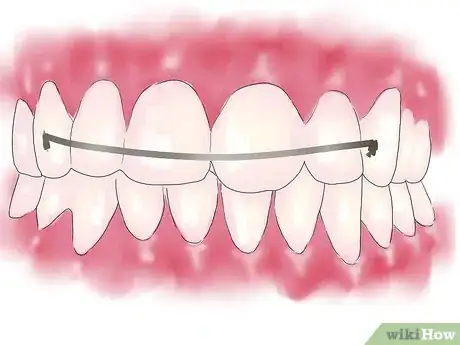
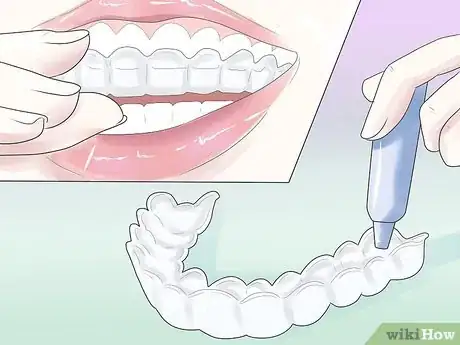
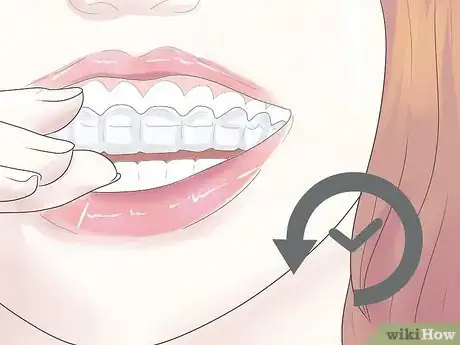
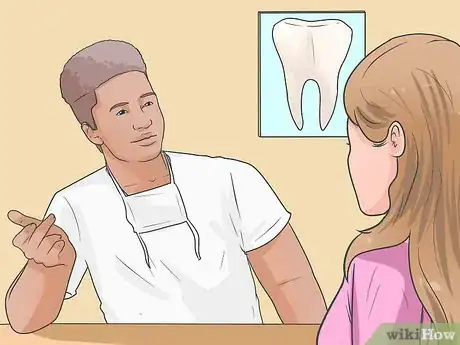
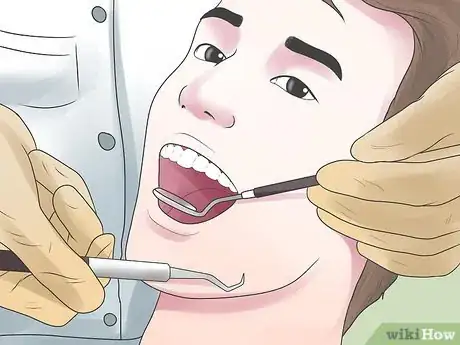
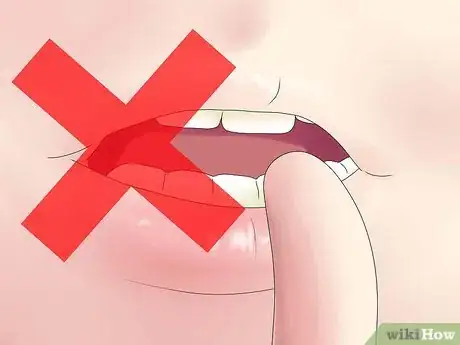
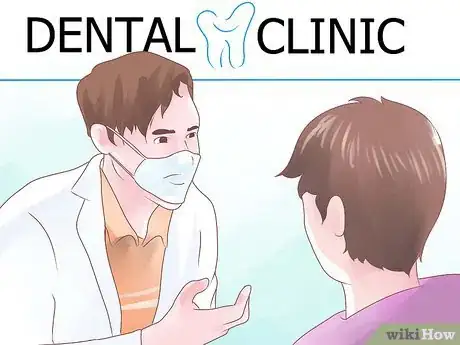
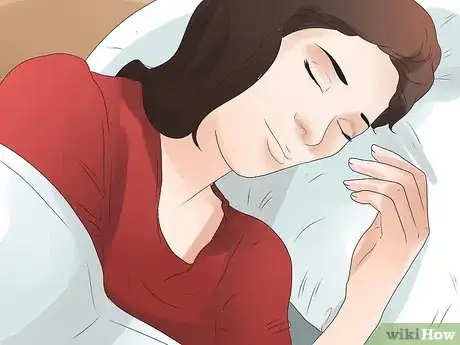

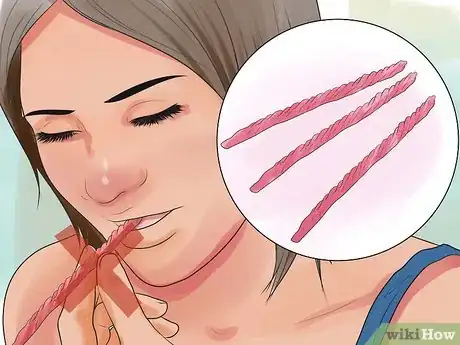
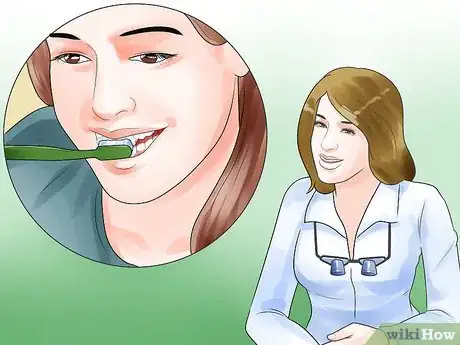
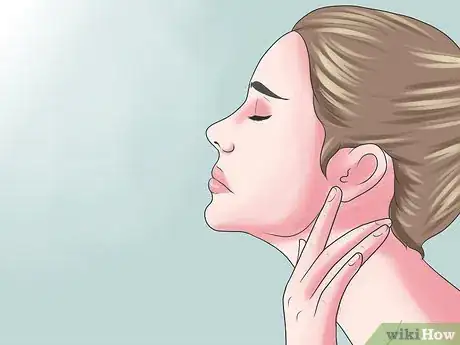
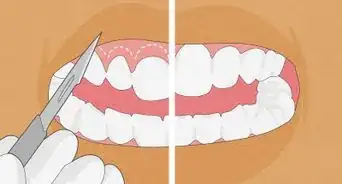
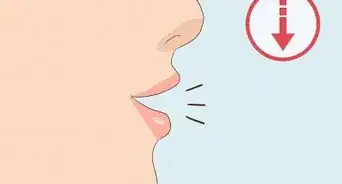
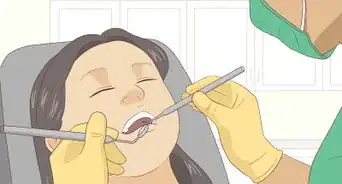

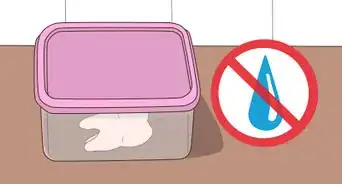
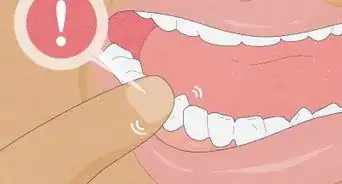
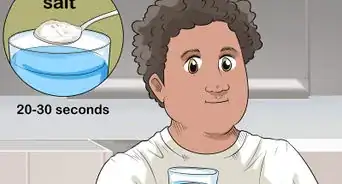

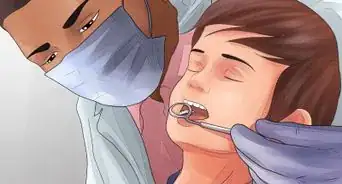











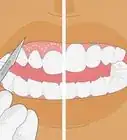
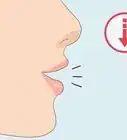
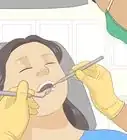




































Medical Disclaimer
The content of this article is not intended to be a substitute for professional medical advice, examination, diagnosis, or treatment. You should always contact your doctor or other qualified healthcare professional before starting, changing, or stopping any kind of health treatment.
Read More...